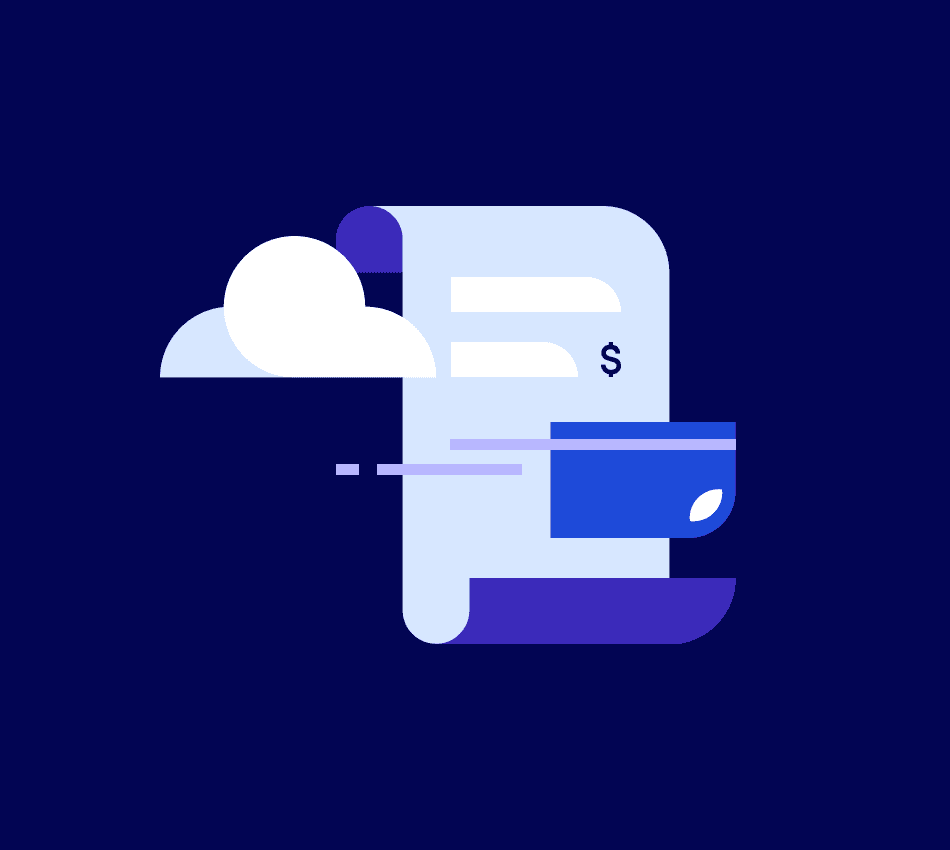Automating your bill payments is an easy and effective way to streamline your operations. Beyond simply paying bills on time, eliminating manual processes can make accounts payable departments more cost-effective and create bandwidth for small business owners to focus on growth.
What you need to know
- Automating your bill pay makes managing your finances more simple and efficient by removing late fees and manual labor and giving you more data about transactions.
- On-time automated bill payments build credibility with vendors and suppliers and can boost your business credit score.
- You can set up automated bill payments through your business bank, with the payee, or using your business credit card.
What is automated bill pay?
As the name implies, automated bill management reduces costs and improves financial efficiency by automatically paying bills when they’re due. Automated bill pay platforms for business can fully handle tasks like procurement, invoice processing, and purchase orders on your behalf. Most platforms are cloud-based, so you can process payments from anywhere. Others may be part of a broader enterprise resource planning (ERP) platform, designed to help larger companies manage operations.
Benefits of automating your accounts payable
On-time bill payments build credibility with vendors and suppliers, and by automating your bills, you eliminate the possibility of missing them or paying them late. This can boost your business credit score, making it easier to acquire financing and negotiate better repayment terms.
Other benefits of automated payments include:
- Saving money on labor time and paper costs
- Removing the risk of human error
- Improving cash flow management, with better visibility into your payment schedules and debts
- Complying with financial laws by keeping detailed records of every transaction
What to consider when choosing an automated bill pay solution
You can set up automated bill payments through your business banking provider. To start, assess your business’s specific financial needs and see which of them can be addressed by choosing an automated bill pay program. For example, recurring, fixed-amount payments are best suited to automation.
Your bill pay solution should be able to integrate with an online accounting program that tracks cash inflows and outflows, such as QuickBooks Online.
Cost savings and return on investment
When assessing your business needs and choosing between platforms, consider the return on investment you’ll receive from each automation option by comparing fees and how comprehensive the automation features are. Automation reduces the time spent on bill payments, which increases productivity in other areas by saving on manual labor. (You’ll save even more time by choosing a platform that syncs with your accounting software.) Automation also saves money by eliminating late fees and possibly lowering payment processing fees.
Automating your accounts payable also helps you build business credit, which can give you leverage in negotiations with vendors and lenders.
Security considerations
As with most digital banking tools, online bill payments come with security measures like 256-bit encryption and automatic fraud monitoring. Most banking providers also require multi-factor authentication, and offer biometric sign-in options like fingerprint or facial recognition to keep your account safe. Some platforms also offer access controls that restrict users to specific functions.
How to overcome common challenges with automated bill pay
Integrating a new process into your business can be challenging, but automated bill pay is a relatively straightforward adjustment to your existing operations. While automating your payments eliminates the risk of late fees, it can be a problem if you don’t maintain a high enough checking balance to cover your payments. To this end, one way to keep your finances organized is by using a dedicated sub-account for your bills.
Also, be sure to carefully assess fees before choosing a bill pay platform. Unfortunately, transaction fees and payment limits aren’t always transparent, especially for international payments.
Future trends in automated bill pay
The future of bill payment technology is tied to the future of banking, and that means a few continuing trends will inevitably affect automated bill pay. AI-assisted dynamic data analysis will continue to improve fraud detection and forecasting, such as your platform alerting you that you may not be able to cover expenses in a few months if it predicts that you’re spending more than you can recuperate.
Machine learning algorithms may also create more flexible mobile and desktop application experiences, quickly reconfiguring your user interface based on your personal preferences, skill set, and banking needs.
See how Bluevine can help your business save time and money on bill payments.
